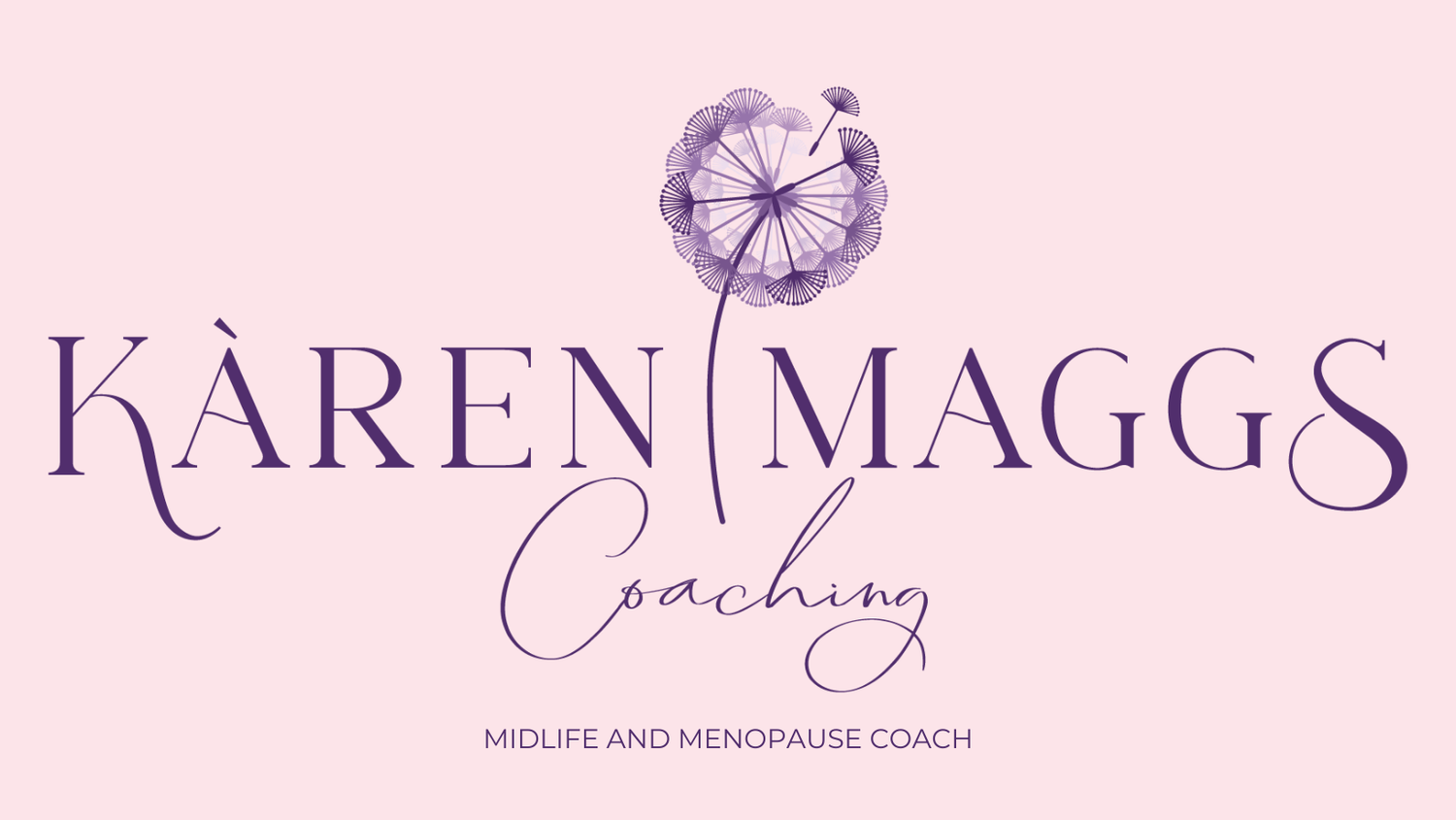Menopause look-a-likes
As we hit our forties we start experiencing all sorts of weird things in our bodies, none of which we used to experience before. Quite often we put these things down to perimenopause, but that’s not always the case.
It’s important we investigate our symptoms and don’t just bunch them all into the perimenopause and menopause category because some can lead to ongoing health issues which could have been prevented.
Here’s a list of things that look like menopause but aren’t.
Low iron
Low iron has very similar symptoms to perimenopause and menopause. We can mistakenly blame our feelings of fatigue, dizziness and shortness of breath on perimenopause when in fact we just need to eat more iron.
We need lots of healthy red blood cells to carry oxygen to our tissues. When we are iron deficient our heart has to pump harder to get enough oxygen to our tissues. Long term iron deficiency can lead to an enlarged heart because of the extra work it has to do.
As women menstruate, we lose iron every time we bleed so we need to ensure we are putting enough iron back into our bodies each month to keep us at a healthy level.
Red meat is a great iron source, so if you are vegetarian it is harder to get enough iron into your system. Keep an eye on your energy levels and ensure you eat lots of iron rich foods from the list below.
Symptoms include:
Extreme fatigue
Weakness
Pale skin
Chest pain, fast heartbeat or shortness of breath
Headache, dizziness or lightheadedness
Cold hands and feet
Inflammation or soreness of your tongue
Brittle nails
Unusual cravings for non-nutritive substances, such as ice, dirt or starch
Poor appetite
What to do
A blood test from your Doctor can reveal whether you are low on iron. They can prescribe an iron supplement for you but that may well give you constipation. It’s best to source iron from your food. Good sources of iron are:
Red meat, pork and poultry
Seafood
Beans
Dark green leafy vegetables, such as spinach
Dried fruit, such as raisins and apricots
Iron-fortified cereals, breads and pastas
Peas
In NZ we can also buy Floradix liquid at the supermarket. It’s an iron and B Vitamin supplement that doesn’t clog you up and is also tasty to drink.
Hypothyroidism or hyperthyroidism
Your thyroid is a little butterfly shaped gland located in the front of your neck just above your collar bone. It produces hormones that balance our metabolism.
When it’s not functioning properly we can suffer from either hypothryoidism (an underactive thyroid) or hyperthyroidism (an overactive thyroid). Both of these have symptoms similar to menopause.
Hypothyroidism symptoms include:
fatigue
forgetfulness
inability to concentrate
dry skin and hair
low mood
weight gain
irregular menstrual cycles
intolerance to cold
Hyperthyoidism symptoms include:
hot flushes/sweating
fatigue
heat intolerance
heart palpitations
insomnia
anxiety
weight loss
bulging eyes
What to do:
Get a blood test from your Doctor to check your Thyroid Stimulating Hormone (TSH). Your Doctor can advise next steps depending on the outcome of the blood test.
Amenorrhea
Amenorrhea is when your periods stop for reason’s other than menopause. For instance, sudden weight loss, over exercising, emotional stress, or mental health disorders. Some medications can cause periods to cease prior to menopause as well.
Women in midlife who are exercising heavily in order to remove the weight that suddenly comes on during perimenopause may think they’ve gone through menopause because their periods have stopped, when in reality they’ve stopped because of over exercise.
Low body weight, stress and high energy expenditure are typical of amenorrhea due to over exercising.
High mental stress can affect the functioning of your hypothalamus which controls the hormones that affect our menstrual cycles. Menstruation can stop as a result of this stress.
It’s important to maintain our natural cycle as it ensures our bones remain strong and dense and there is less risk of osteoporosis. Menopausal women have a higher risk of cardiovascular disease, so the longer we can have a regular menstrual cycle, the better for our heart and bones.
Symptoms can include:
lack of periods for three or more months
hair loss
headaches
vision changes
excess facial hair
pelvic pain
acne
What to do:
Reduce the intensity of exercise to moderate levels
Reduce stress
Maintain a healthy weight
Track your menstrual cycle
Go to the Doctor if you’ve missed three or more periods and suspect it’s too early for menopause
Be aware
Although it’s tempting to blame absolutely every health issue or physical change on perimenopause and menopause, we need to be vigilant in checking any issues in case there are underlying health concerns.
Always check with your Doctor or other health practitioner if you have any concerns or notice any little oddities that weren’t present previously.
And don’t be afraid to keep pushing until you get a satisfactory answer. You know your body best and you know if something feels right or not.
Stay healthy!
Karen

